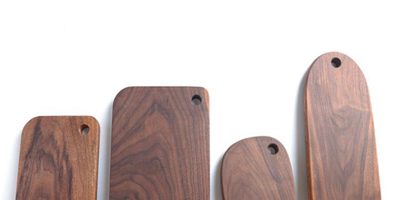Wooden cutting boards have a rich history that spans centuries and continents. In this historical exploration, we’ll take you on a journey through time, tracing the evolution of wooden cutting boards and their cultural significance.
1. Ancient Origins: Learn about the earliest wooden cutting boards used by ancient civilizations like the Egyptians and Greeks. Explore how these early boards influenced the design and use of cutting boards today.
2. Medieval and Renaissance Boards: Delve into the wooden cutting boards of the medieval and Renaissance periods, where craftsmanship and artistry began to merge. Discover how these boards served both practical and decorative purposes.
3. Wooden Cutting Boards Across Cultures: Explore the variations in wooden cutting boards from different cultures around the world, from the iconic French “planche à découper” to the Japanese “sashimi bo.”
4. The Transition to Modern Kitchens: Trace the transition of wooden cutting boards into modern kitchens, including the advent of commercial cutting boards and the resurgence of handmade artisanal boards.
5. Sustainable Heritage: Discuss how the enduring popularity of wooden cutting boards aligns with contemporary sustainability values, connecting us to traditional, eco-friendly kitchen practices.
By the end of this article, you’ll have a newfound appreciation for the historical and cultural significance of wooden cutting boards, highlighting their enduring legacy.






